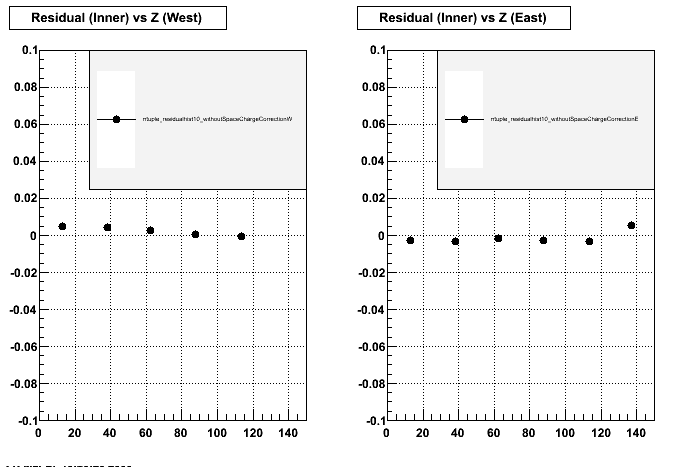- genevb's home page
- Posts
- 2025
- 2024
- 2023
- 2022
- September (1)
- 2021
- 2020
- 2019
- December (1)
- October (4)
- September (2)
- August (6)
- July (1)
- June (2)
- May (4)
- April (2)
- March (3)
- February (3)
- 2018
- 2017
- December (1)
- October (3)
- September (1)
- August (1)
- July (2)
- June (2)
- April (2)
- March (2)
- February (1)
- 2016
- November (2)
- September (1)
- August (2)
- July (1)
- June (2)
- May (2)
- April (1)
- March (5)
- February (2)
- January (1)
- 2015
- December (1)
- October (1)
- September (2)
- June (1)
- May (2)
- April (2)
- March (3)
- February (1)
- January (3)
- 2014
- December (2)
- October (2)
- September (2)
- August (3)
- July (2)
- June (2)
- May (2)
- April (9)
- March (2)
- February (2)
- January (1)
- 2013
- December (5)
- October (3)
- September (3)
- August (1)
- July (1)
- May (4)
- April (4)
- March (7)
- February (1)
- January (2)
- 2012
- December (2)
- November (6)
- October (2)
- September (3)
- August (7)
- July (2)
- June (1)
- May (3)
- April (1)
- March (2)
- February (1)
- 2011
- November (1)
- October (1)
- September (4)
- August (2)
- July (4)
- June (3)
- May (4)
- April (9)
- March (5)
- February (6)
- January (3)
- 2010
- December (3)
- November (6)
- October (3)
- September (1)
- August (5)
- July (1)
- June (4)
- May (1)
- April (2)
- March (2)
- February (4)
- January (2)
- 2009
- November (1)
- October (2)
- September (6)
- August (4)
- July (4)
- June (3)
- May (5)
- April (5)
- March (3)
- February (1)
- 2008
- 2005
- October (1)
- My blog
- Post new blog entry
- All blogs
State of Run 7 TPC Sector Alignment
Updated on Tue, 2009-04-07 23:55. Originally created by genevb on 2009-04-07 23:55.
One of the possibilities for contributing to systematic pt-dependent biases of h-/h+ ratios can be alignment of TPC sectors. Here is the status of work on this for Run 7 200 GeV AuAu data:
- Hao Qiu looked at TPC inner-outer sector alignment using Run 7 low luminosity data from both forward and reversed full field datasets and found it differed significantly from his Run 8 alignment. The Run 7 calibrations diverged from the Run 8 calibrations oppositely, implying a field-dependent effect.
- The alignment calibration should have no z dependence.
- Yuri has proposed a possible biased distortion due to Lorentz forces near the anode wires which would be field-dependent, but not z-dependent.
- SpaceCharge (& GridLeak) distortions would also be field-dependent, but would also be z-dependent.
- Hao looked at the z dependence of his calibration and saw evidence for a linear dependence, implying incomplete/incorrect SpaceCharge calibrations in the data. Z-dependence for west and east:

- Since Hao made that alignment calibration study using the SpaceCharge correction from the DataBase (i.e. not the event-by-event SpaceCharge correction), he re-did the study using no SpaceCharge correction and found that the linear z-dependence improved by about 25%. The implication is that the SpaceCharge correction for that data is off by a factor of about -3. While this may sound large, it amounts to distortions which are on the order of only about 100-200 microns, which is the scale to which the SpaceCharge calibration can be considered valid. Z-dependence for west and east:

- Hao and Na Li are re-doing the calibration with the estimated SpaceCharge correction (this will also bring Na Li up-to-speed for performing a Run 9 calibration once we have truly low luminosity data to be taken early in the 200 GeV running).
- A Run 9 calibration will also provide feedback on the volatility of the alignments, as there are persons who believe it should be much more stable than has been seen so far in the Run 7 to Run 8 comparisons.
-Gene
»
- genevb's blog
- Login or register to post comments
